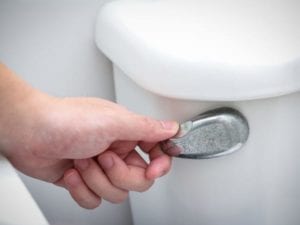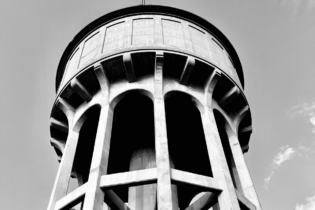Using grey water, from hand washing or from showering, to flush toilets saves water but solid build-up could harm the pipes.
This is according to a new paper in the Journal of Water Process Engineering by University of Cape Town (UCT) researchers Waseefa Ebrahim and Dr Dyllon Randall. The paper is in response to the devastating 2015–2018 Cape Town drought and its aftermath when citizens got behind city-wide water savings initiatives and adopted the catchphrase “If it’s yellow let it mellow”, flushing less and using grey water to do so.Although this resulted in a more than 50% reduction in water usage, Ebrahim and Randall calculated that toilet infrastructure such as the trap, siphon and piping connection to the sewer network, could become clogged by solids because of precipitation during reduced flushing periods.
In their paper, the researchers listed five ways you can flush the toilets with grey water, without damaging the infrastructure:- Flush the toilet with grey water but add bleach to the toilet bowl after the manual flush. This will kill any bacteria in the toilet bowl, and thus limit solid build-up.
- Don’t allow grey water to stagnate for more than two days because this can promote bacterial growth and malodours.
- Don’t flush with grey water for longer than two days without also disinfecting the toilet bowl with bleach.
- Don’t add bleach to stagnated urine because of the potential harmful gases that can form.
- Adding vinegar to a toilet bowl will reduce the pH of the solution and hence prevent solid build-up, but the acetate in the vinegar will promote bacterial growth. The researchers therefore recommend that vinegar not be added unless bleach is also added.








